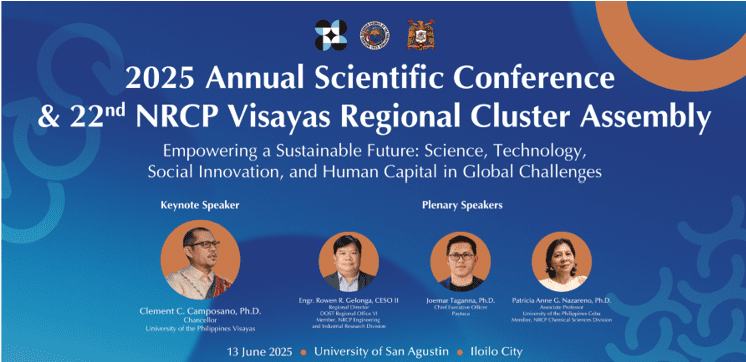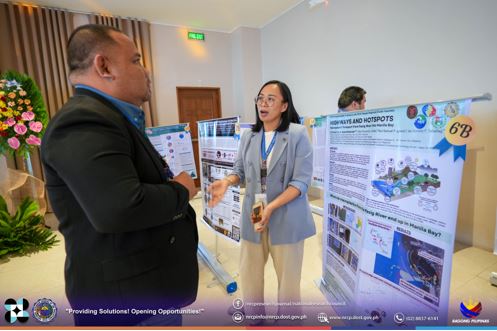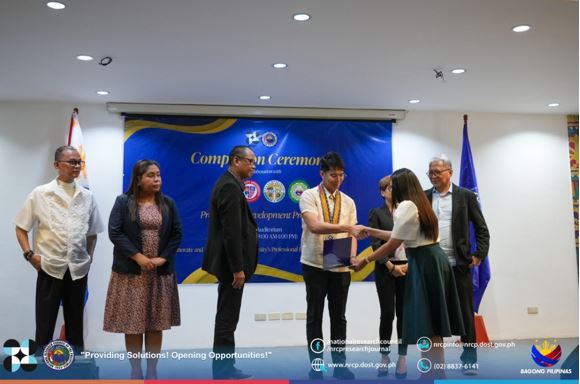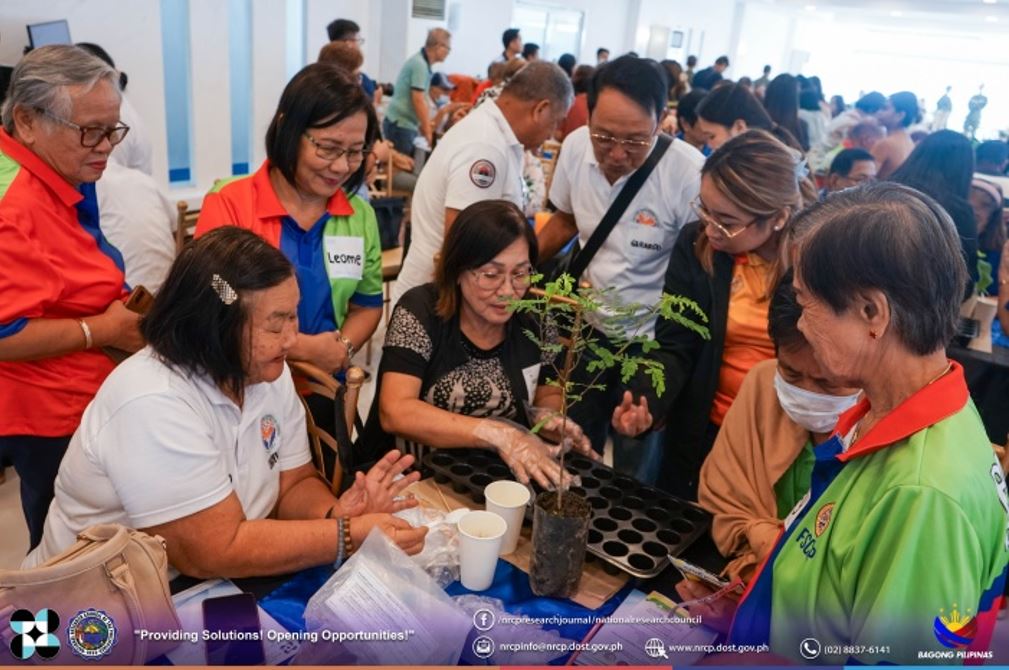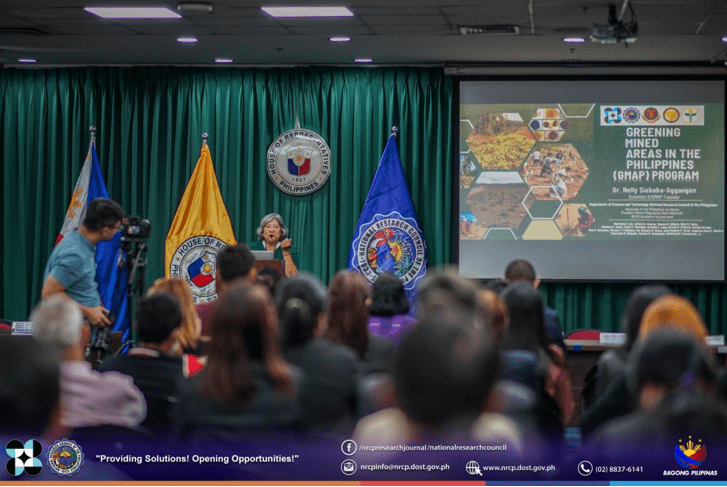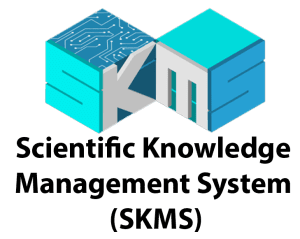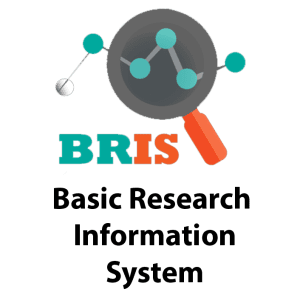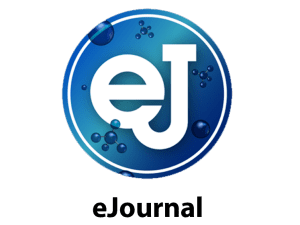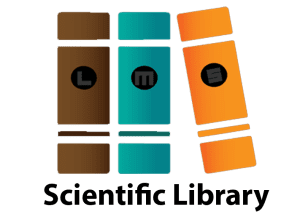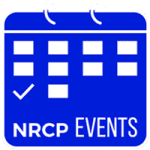Isabela Representative engages researchers for sustainable tourism

“Through comprehensive and detailed research, Barangay San Miguel will be established as a sustainable ecotourism zone to preserve the area’s culture and natural resources while generating livelihood opportunities for the locals.”
This statement comes from Rep. Faustino “Inno” Dy V of the Sixth District of Isabela, who pushed for the creation of a sustainable tourism and strategic development plan, with the support of the team from the Department of Science and Technology-National Research Council of the Philippines (DOST-NRCP), the community and local officials of Barangay San Miguel, Echague in Isabela.
Envisioned to be the next ultimate ecotourism destination in Isabela, Barangay San Miguel is a typical barrio in the province, but boasts of rich and unique natural resources. It also has a multicultural ethnicity including Ilocano, Igorot, and Ibanag.
Through a series of consultation meetings, focus group discussions (FGD), field interviews, and assessment of the area, the NRCP researchers were able to draw insights into how the locals wanted sustainable tourism to be implemented. Results of this research served as inputs to the development of the Barangay San Miguel Sustainable Tourism and Development Plan (STDP) 2023-2033.
The STDP includes different activities, projects, and programs in the realization of Barangay San Miguel as an Eco-Tourism Zone. This includes harnessing of resources, such as finances, manpower, environment towards sustainability; developing a sense of communal identity; conserving natural and environmental resources; and engaging local communities towards inclusive development.
Dy explained that among the barangays in Echague, San Miguel stands out for its potential to be the next ecotourism destination in the province, since it is nestled at the foothills of the Sierra Madre. San Miguel is home to untouched forests and unique natural attractions such as Dipaminsan Falls, the Blue Lagoon, Ilaguin River (White Sand River), Kaingadeng Falls, Dipanyong’s Cave, and Camarag River.
Jame Monren T. Mercado, Project Leader and a member of the NRCP Social Sciences Division appreciated Dy’s research consideration as part of identifying developmental programs and policies for their constituents.
“It is our responsibility to safeguard and conserve the untouched forests and unique natural attractions for the benefit of future generations and the sustainable development of our district”, Dy said.
Through the project, the Barangay Tourism Code was also crafted and submitted to the municipal council. These include standards for tourism development, transportation, and human resource development for barangay tourism front liners.
Mercado offered assurance that the team’s commitment doesn’t end at the turn-over of the printed output, but extends to providing services and guidance during the implementation of the plan.
Previously, the office of Congressman Dy filed a bill to declare Barangay San Miguel as an ecotourism zone. Said bill is important, especially in requesting a budget from the General’s Appropriation to fund the implementation of the STDP.
“I am grateful for the opportunity to collaborate with the NRCP on this initiative. With NRCP’s support, we are now realizing the transformation of barangay San Miguel as a sustainable ecotourism zone. Their findings not only identified livelihood opportunities for the locals while preserving the area’s culture and natural resources, but also significantly contributed to the overall tourism development of the district and the province” shared Dy.
As there will be an upcoming convention of researchers, the NRCP invites its member researchers, scientists, and innovators to join the Council for the 2024 Annual Scientific Conference and 91st General Membership Assembly on 12 March 2024 at the Philippine International Convention Center (PICC). (Jamar G. Garcia, S&T Media Service)






